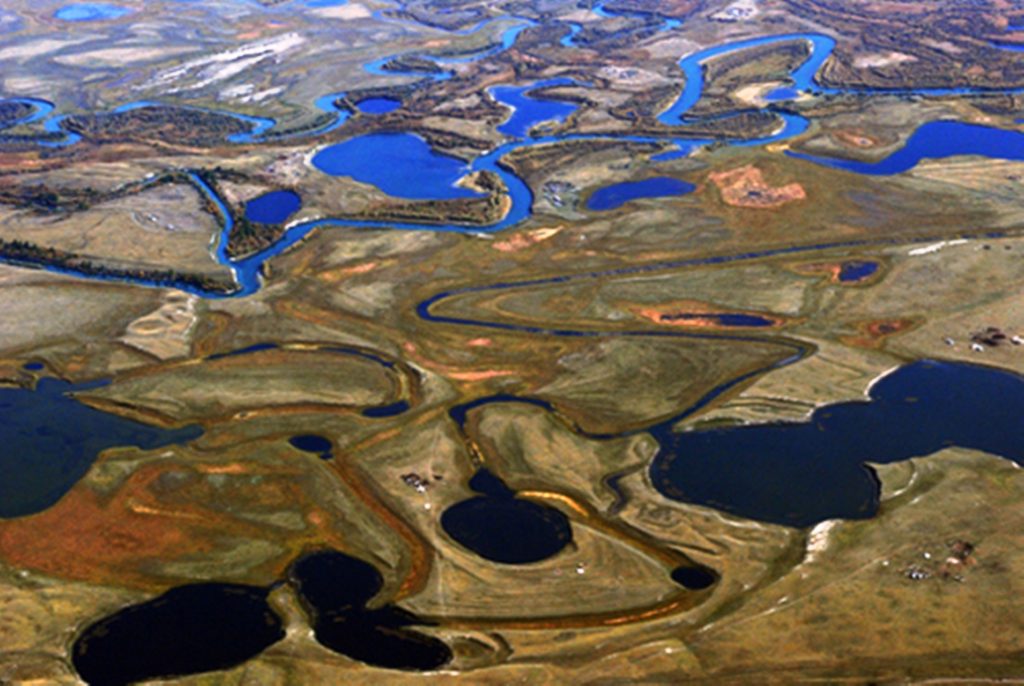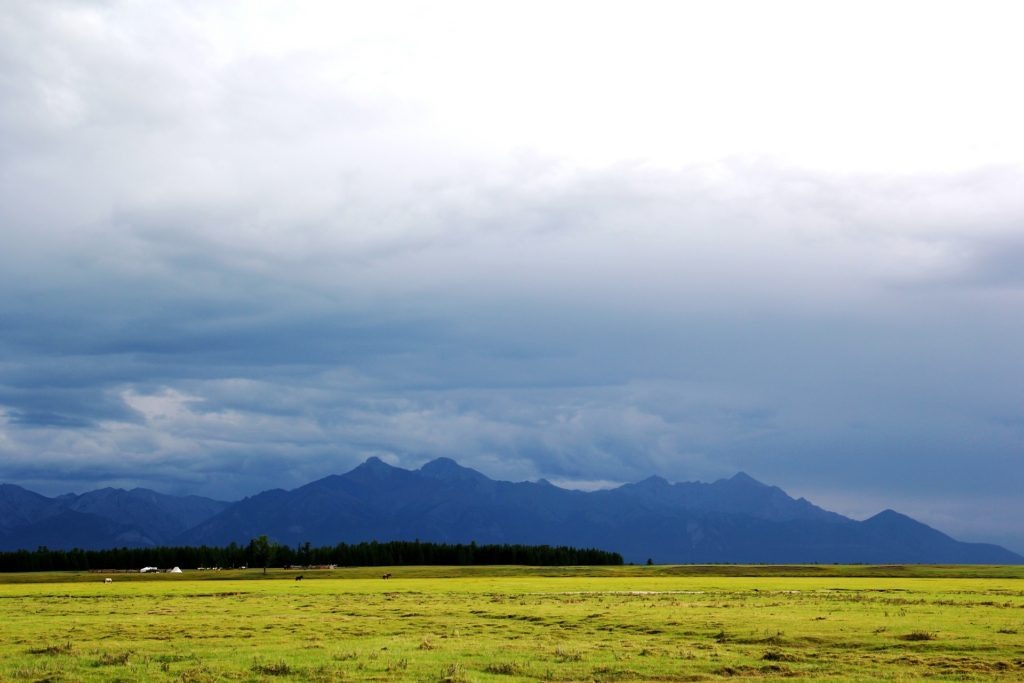Wetland of Darkhad Depression (Valley)
Darkhad Valley is a vast area located on the western side of the Khoridol Sardaidag mountain range in Khovsgol province. It is famous for its breathtaking scenery and unique natural features. The valley is home to 36 major river confluences, a total of 248 small and large streams, 377 lakes and ponds, and 24 hot springs. Which makes it a large watershed area that provides 95 percent of fresh water. The Selenge River, which is one of the most significant rivers in Mongolia, originates from the Darkhad Valley. Many other rivers also branch off from it and flow into Lake Baikal, the largest of which is the Delgermoron River. Interestingly, the Delger River is the source of the Yenisei River in Russia.
In addition to its impressive water resources, the Darkhad Valley is also home to a variety of fish species, found in every non-flowing stream and lake. The Targan Lake is home to a large stock of whitefish, and the Sharga River flows into it. The Great Taiga is another important feature of the Darkhad Depression, covering 70 percent of the area. It is home to various plant and animal species, including the tallest larch tree in Mongolia, which grows in Ereg Hash. The white moss, which is a vital food source for reindeer, grows exclusively in the Darkhad Valley, making it a habitat for animals such as reindeer and moose that feed on lichen moss.
Darkhad People
Darkhad Valley is also home to a nomadic tribe called the Tsaatans, who live in the western and eastern taigas of Khovsgol. About 60 percent of the native Tsaatangs live in the eastern taiga or Darkhad Valley.
From 1549 to 1786, the region belonged to Zasagt Khan Province and was under the administration of Altan Khan of Khotogoid. Afterward, Darkhad became the supreme disciple of Bogd Javzandamba and settled in the great taiga of Khuvsgul and the vast valley of Shishged. The Darkhad tribe is believed to have originated from Khotogoid and Uriankhai, and their name is derived from the fact that their leader was a Supreme Disciple who passed through the eight Bogd periods.
The Darkhads are mainly found in Ulaan-Uul, Rinchenlkhumbe, Bayanzurkh, and Tsagaanuur sums. They are known for their deep history of worship, which is said to be connected to the shaman’s customs that have been followed by Mongolians since ancient times.
13 Ovoos of Darkhad
The area is also home to 13 ovoos on the mountain pass called Ul Khalzan, which is 2110 meters above sea level. The Darkhad people have a long and rich history that dates back to the 12th or 13th century, and they are scattered across Mongolia.
The Darkhads worship the mountains and rivers and have sacrificed their lives to worship the ten directions and three hours. They worship the sum of this number, 13, which is why they created these mounds at the place with the most natural energy.
The 13 ovoos of Darkhad have the shape and structure of the yurts of the Tsaatan people. You can see a part of the life, customs, and culture of the Darkhad people from the stone monuments erected in parallel. These monuments are a testament to the strong connection that the Darkhad People has with their history, culture, and natural surroundings.






